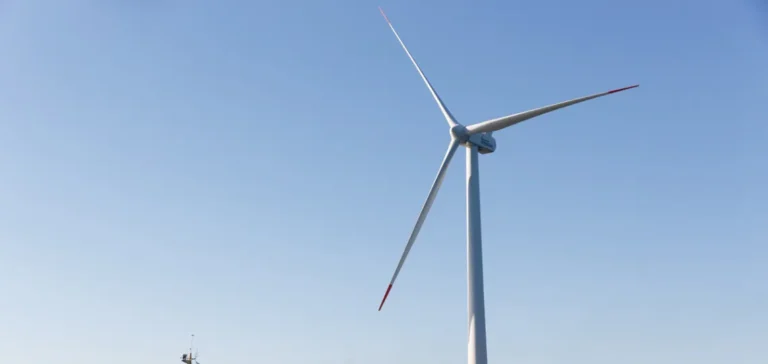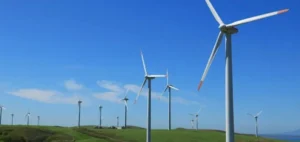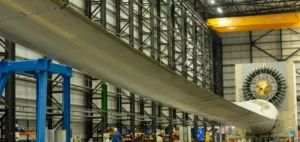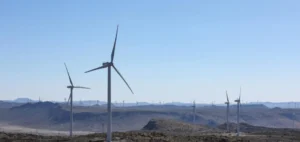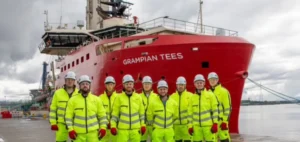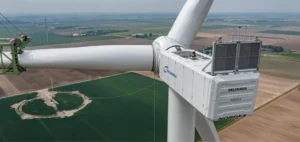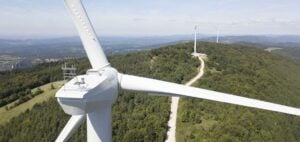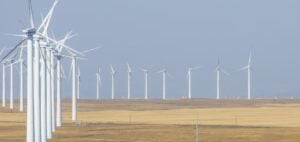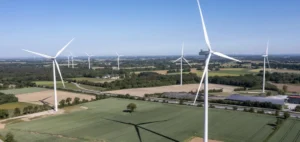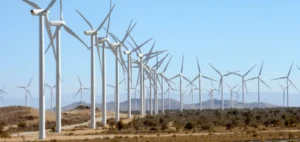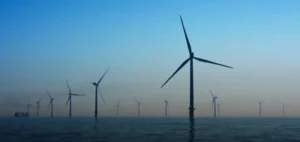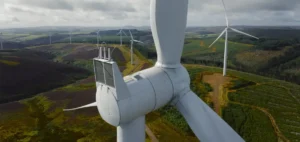France marks a strategic milestone by officially inaugurating its first floating wind farm in the Mediterranean Sea, an installation consisting of three offshore turbines with a total capacity of 25 megawatts (MW). Positioned significantly offshore, these turbines distinguish themselves from traditional installations through their floating technology, suitable for the deep waters characteristic of the region. This project, named “Provence Grand Large,” is jointly developed by EDF Power Solutions, a subsidiary of Électricité de France (EDF), and the Canadian group Enbridge. The installed capacity is projected to annually meet electricity needs equivalent to those of a city of 45,000 residents.
Floating Technology and Technical Specifications
Each turbine measures 174 meters in height and weighs 3,500 tonnes, resting on a floating system stabilized by two anchoring lines. Unlike fixed installations, these floating structures are positioned in deep waters, sometimes exceeding 100 meters, to exploit maritime zones previously inaccessible to conventional wind energy projects. The floaters use a dynamic stabilization principle, based on an inverted pendulum model, ensuring their balance even in strong swells. This technical feature optimizes the utilization of maritime sites with high wind potential.
Financing and Economic Model
The “Provence Grand Large” project represents a total investment of €300 million, structured equally into three parts: equity from partner companies, bank financing, and subsidies from European and local institutions. The operational concession for the site extends for 40 years, while the infrastructure has an expected operational lifespan of 20 years. During its experimental phase, initiated in November 2024, the farm injected 30 gigawatt-hours (GWh) of electricity into the national grid, thus validating the economic and technical feasibility of the model.
Mediterranean Expansion Prospects
The successful launch of the “Provence Grand Large” farm occurs as two other major floating wind projects are already planned in the Mediterranean. The “EolMed” project, located off Gruissan, involves substantial private sector participation, notably with a significant 20% stake from the petroleum company Total. Additionally, the joint venture Ocean Winds, co-owned by Engie and Portugal’s EDP Renováveis (EDPR), is preparing the installation of the “Éoliennes flottantes du Golfe du Lion” near the municipalities of Leucate and Barcarès. These initiatives illustrate the growing prominence of floating wind energy within European energy strategies.
The strategic interest for the professional sector primarily lies in analyzing the chosen economic models, technical choices, and the scalability potential in similar regions. Observing operational results from the “Provence Grand Large” farm over the coming years will enable refinement of technical and financial approaches for future projects of this type.


